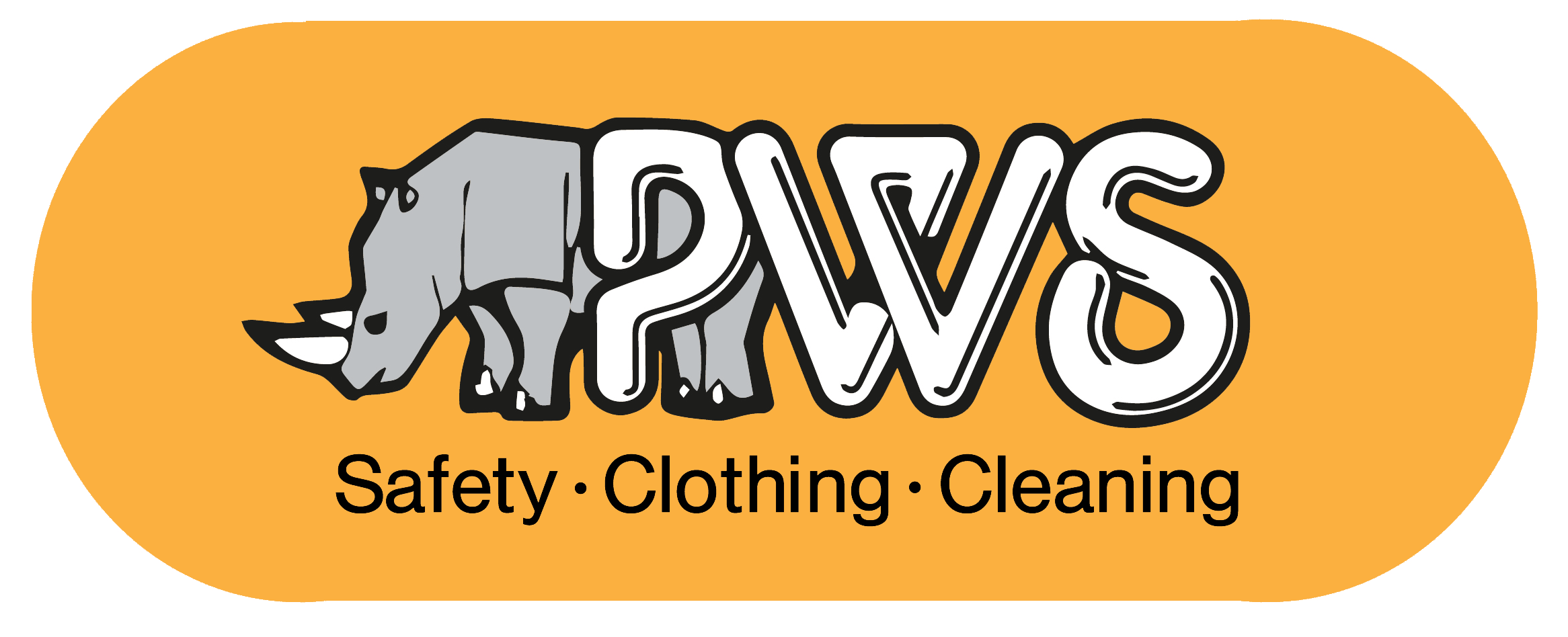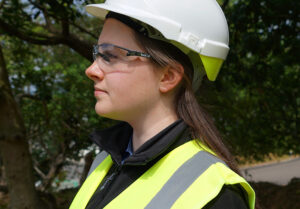Earlier this year, new EN ISO 16321:2022 Safety Eyewear Standards were harmonised, introducing a comprehensive international standard to replace the previous national and regional standards.
EN ISO 16321:2022 (Parts 1 to 3) replaces the BS EN 172:1995, BS EN 169:2002, BS EN 170:2002, BS EN 171:2002, BS EN 166:2002, BS EN 379:2003+A1:2009. The main European standard (EN 166:2001), however, is still harmonised until November 2024, and is still widely used for CE/UKCA protective eyewear markings.
What is the difference between EN 166:2001 and EN 16321:2022?
There are some key differences between the old and new safety eyewear standards, so it’s important for employers to understand the changes and ensure their staff continue to be adequately equipped and protected in the workplace.
The new EN ISO 16321 series applies to plano (non-prescription) and prescription safety glasses for occupational use and use in educational environments. It now excludes electrical (live-working) face protectors, laser protectors, sports eyewear, medical eye shields, protectors intended for protection against solar radiation only, or eye protectors for ionising radiation. Separate standards are in place for these devices.
What’s new in EN ISO 16321-1:2022 Eye and Face Protection?
EN ISO 16321:2022 Safety Eyewear General Requirements
As part of the new EN ISO 16321 series, a new range of models (headforms) have been developed for testing the safety eyewear standards (EN ISO 1826-4:2020). Six varying sizes of headforms are available for testing, and represent around 95% of the world’s population, with the 1-M being the default size. The headform selected and tested under the new standard will be detailed in the product information, alongside guidance of how users can achieve the best fit. Previously, the EN 166:2001 standard only specified two sizes; ‘medium’ and ‘small’, whereas, the new standard allows for a more diverse range of testing, with the designated sizes being:
| Small | Medium | Large |
| 1-S | 1-M | 1-L |
| 2-S | 2-M | 2-L |
EN ISO 16321:2022 Safety Eyewear Optical Requirements
The field of view test is mandatory, and applicable to all safety eyewear. It is a vital assessment, as any impact to distance vision, restriction of field of view, or peripheral blur indicates potential product safety problems.
The new standard uses the Stoll Apertometer (Figure 1) method to measure field of view, which is commonly used in other international standards, such as respiratory devices, as a reliable assessment method. This method differs from the previous standard, where test engineers judged by eye, making the assessment very subjective and, therefore, less reliable. It is also worth noting that the new EN ISO 16321:2022 standard includes a specific field of view criteria if the eyewear is intended for use when operating a vehicle.

Figure 1
The luminous transmittance requirement is now different for lenses without deliberate filter action, allowing for above 80% transmitted light. For lenses thicker than 2mm and multiple glazed eye protection, the luminous transmittance should be no less than 75% according to the new 2022 standard. The previous 2001 safety eyewear standard allowed for above 74.4% transmitted light and was the same for all lenses.
All eye protection devices should, as far as possible, be free of scattered light. The test for diffusely transmitted light is designed to set a minimum standard to ensure quality of vision. The new 2022 standard uses a wider-angle scatter than the previous 2001 to imitate haze. With the exception of welding masks, where the small-angle scatter is still used, all eye protectors are tested with the wide-angle scatter in line with the new standard. As the tests are incomparable, the results from the old EN 166:2001 standard are not suitable for meeting the new 2022 requirement.
EN ISO 16321:2022 Safety Eyewear Physical Requirements
There is a new requirement for eye protection which utilises a headband or harness. The old standard simply stated that a 10mm wide headband was required, whereas the new 2022 standard calls for a practical performance test. This assessment ensures that the headband or harness fits securely throughout physical movements such as turning/tilting the head and jumping on the spot.
All eye protectors should achieve a basic level of impact protection, assessed in the new 2022 standard using the ‘basic impact’ test (previously described as increased robustness within the EN 166:2001 standard). Changes to the steel ball measurements have been made to increase the level of impact protection tested within the new standard, as detailed below:
| EN 166:2002 Steel Ball Measurements | EN ISO 16321-1 Steel Ball Measurements |
| 22mm diameter | 25mm diameter |
| 43g | 66g |
Changes have also been made to the EN 166:2001 ‘Stability at elevated temperature’ test, known in the new standard as the ‘Resistance to Thermal Exposure’. The main change means that the product is assessed for a longer duration, exposed to heat for 120 minutes, compared to the previous 60 minutes.
It is also compulsory within the new standard for eyewear that have ventilation or gaps between components to undergo a penetration test. Openings are tested using a rigid rod to ensure the gap is no larger than 1.5mm in diameter.
EN ISO 16321:2022 Optional Requirements
As well as the compulsory requirements listed above, optional requirements listed within the EN ISO 16321:2022 standard include:
- resistance against fogging
- resistance to surface damage by fine particles
- protection against gases and fine dust particles
- protection against large dust particles
- protection against molten metals and hot solids
- high mass impact (NEW)
- protection against radiant heat (NEW)
- protection against streams of liquids (NEW)
- lens assessment for anti-reflective coatings (NEW)
- use in explosive atmospheres (NEW)
- chemical resistance (NEW)
Some of the above (marked ‘NEW’) were not included in the old safety eyewear standard.
EN ISO 16321:2022 New Product Markings
Please see the below table to compare the marking requirements for the old and new standards.
| Code Letters EN ISO 16321-1:2022 | Code Letters EN 166:2001 | Description |
| 16321 | EN 166 | Basic use |
| 1 | 1/2/3 Optical Class | Enhanced optical performance (marketing optional) |
| 3 | 3 | Droplets |
| 4 | 4 | Large dust particles |
| 5 | 5 | Gas & fine dust particles |
| 6 | – | Streams of liquids |
| 7 | – | Radiant heat |
| 9 | 9 | Molten metals and hot solids |
| CH | – | Chemical resistance |
| K | K | Surface damage by fine particles |
| N | N | Resistance to fogging |
| – | S | EN 166 increased robustness |
| C | F | Impact Level C (45m/s) |
| D | – | Impact Level D (80m/s) |
| E | B | Impact Level E (120m/s) |
| – | A | EN 166 Impact Level A (190m/s) |
| HM | – | Impact Level HM |
| CT | FT | Impact Level C (45m/s) at extreme temperatures |
| DT | – | Impact Level D (80m/s) at extreme temperatures |
| ET | BT | Impact Level E (120m/s) at extreme temperatures |
| HMT | – | Impact Level HM at extreme temperatures |
What the changes mean for users
The 2022 Protective Eyewear Suite of Standards has recently been harmonised, with the expectation that it will be designated within PPE regulation to allow for certification process within the UK. Currently, both the EN ISO 166:2001 and EN ISO 16321:2022 standards are acceptable for new certifications up until November 2024. It’s important to note that, while no new safety eyewear can be produced to the old standard beyond this date, the 2001 standards will remain valid for existing safety eyewear until their designated expiry date (a maximum of five years after the certification date).
Therefore, for some time, we will see both new and old standards used to certify products on the market – to ensure that the protective eyewear you’re using meets the requirements necessary for the work being carried out, you should check the relevant Safety Eyewear Standard.
Once the transition period is complete and the expiry period of the 2001 standards has passed, you will no longer be able to purchase eyewear certified to the old standard – it’s, therefore, vital that you understand the changes above to ensure you are purchasing the right eye protection.
If we receive any additional information in relation to the obsolescence of the 2001 standard and its impact on end users, we will publish updates in the PWS Knowledge Hub.
To read more about the new EN ISO 16321:2022 Safety Eyewear Standard, visit the International Organisation for Standardisation (ISO) website.
STAY INFORMED
Keep yourself informed and compliant through PWS’ Knowledge Hub. Through this regularly updated resource, we aim to keep you updated with legislation, H&S information and white papers like this one.

